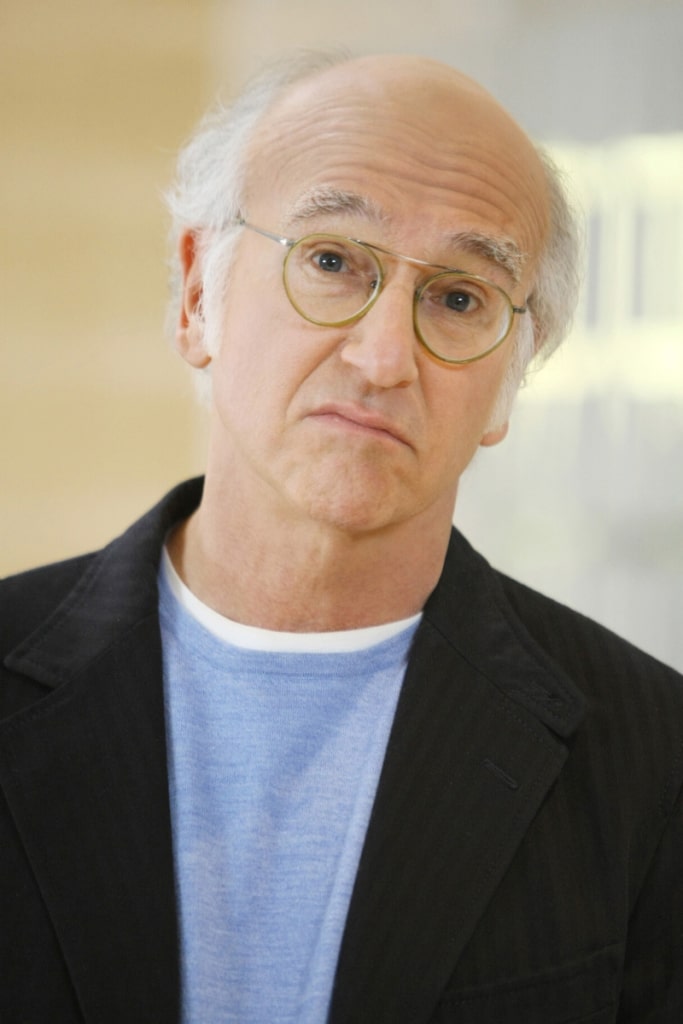Don’t Curb Your Enthusiasm When It Comes To Donor Recognition


Full Platform Overview Chat With Us



Full Platform Overview Chat With Us




I’ve spent much of the past 6 years or so training people how to use fundraising software. Many of these people have had little to no experience with or knowledge of the not-for-profit world. It wasn’t that long ago that I was just like them; and like them, I learned about how not-for-profits operate not by working at one, but by working with the software designed to help them and the organizations using it. The way I relate NPO practices and terminology to the novice is by using either real world application by the software’s users or pop culture references. Today, novice or not, you get the latter.
Some of you may be familiar with a television show called Curb Your Enthusiasm. It follows Larry David, creator of the tv series Seinfeld, as he navigates self-inflicted, awkward and uncomfortable situations throughout each episode that typically end in irony. It’s not for everyone. I think it’s hilarious and my wife can’t stand to be in the same room when it’s on. The point here is that it’s an unlikely source of inspiration for a lesson in fundraising, but it is.
There is an episode called The Anonymous Donor that I always use to describe the different ways a donor might want to be recognized publicly for their contributions to an organization. It also works as an example of some of the psychological reasons people donate and the pleasurable effect a donor feels after making a charitable contribution. In the episode, Larry David makes a donation to fund a new additional building wing for an environmental group. At the entrance of the wing, the organization displays a sign that designates, much to Larry’s delight, that Larry David donated the wing. He then notices that the other wing entrance reads that it was donated by Anonymous and he tells his wife that now he feels like a jerk because it looks like he just donated for the credit. Things get worse for Larry when his wife tells him that she knows who Anonymous is. It’s Larry’s friend and sometimes foil, Ted Danson. It turns out that most of the room at the charity event they are attending knows that Ted Danson is the “anonymous” donor and ends up getting most of the accolades due to his perceived humility. This of course doesn’t sit well with Larry who eventually exclaims that the next time he gives a donation, it will be anonymous and he’s going to tell everyone about it.
It’s a funny bit that, while exaggerated, still rings with a lot of truth. I’m not going to break down why I think people donate to charitable organizations or how to get them to. There are countless studies about just that a moment away if you simply type “why do people donate?” into Google. But what I do want to stress is two simple things:
1. Public recognition and respecting a donor’s preference for such is important.
2. Regardless of the donor’s preference, recognition from within the organization is the most important.
Here at Bloomerang, our software is designed with a focus on donor retention. Recognizing donors for the impact they have on your organization is an important component of that. While a donor may wish to be anonymous to the public, you still have an obligation to keep them as engaged with your organization as any donor. Remember, while they may not be the norm, some of your donors are exactly like Ted Danson and Larry David in this scenario. Be mindful that regardless of your donor’s idiosyncrasies, they still want to know that their contribution to your organization’s success is appreciated and that their donation is being used wisely. They do not want to be taken for granted. Anonymous donations are rarely a sack of money left on your doorstep. There is almost always a known entity responsible for that gift and how you engage them after the fact could be the difference between receiving another gift in the future or a negative hit to your retention rate.

Comments